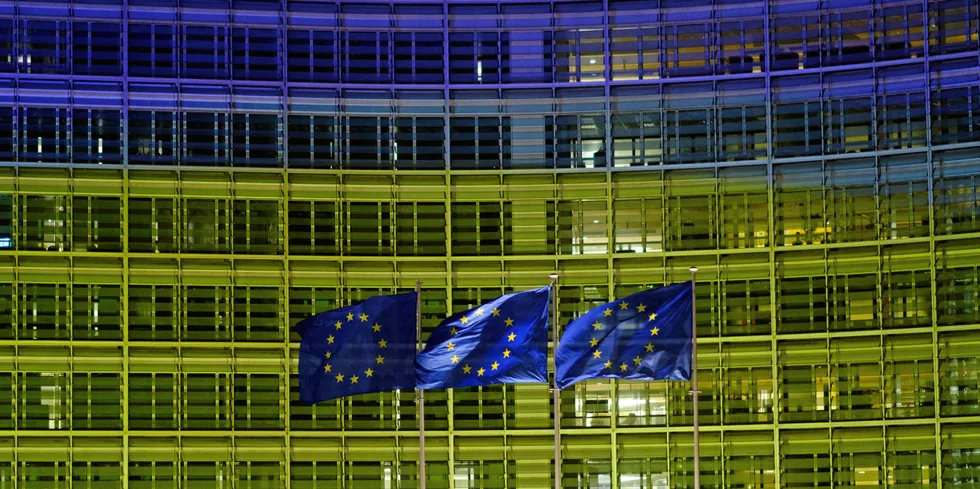'Bloody hard – but possible': EU plots renewables and green hydrogen dash from Russian gas
Commission claims REPowerEU plan can make bloc independent of Russian supplies 'well before 2030'

Commission claims REPowerEU plan can make bloc independent of Russian supplies 'well before 2030'
